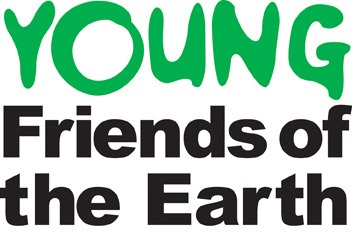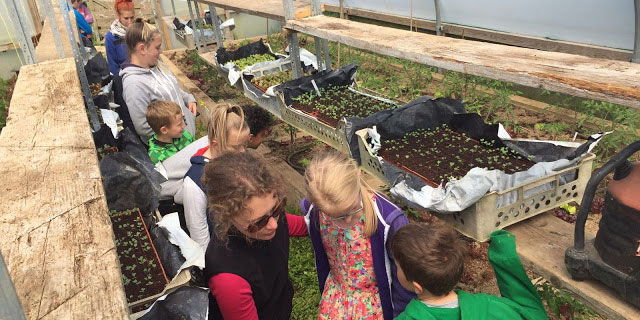Pizza, cattle and more in Lili from Hungary’s second instalment of blogs from YFoEE agri-activists volunteering in South Wales – see part one here.
Shwmae (or hello in Welsh)!
I just realised after publishing the 1st blog that I haven’t yet introduced either myself nor Elena properly. So before I keep my promise and start telling you all about the pizza making, cattle selling and (spoiler!) buying, as well as the Blue Lagoon festival, a quick paragraph about who we are and why we came here.
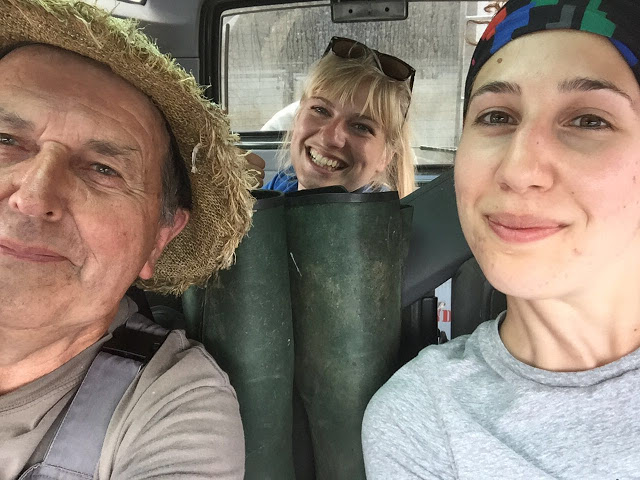
Elena recently graduated with a BsC in Animal Management at the Maltese Vocational Institute, MCAST Agribusiness. After graduating she worked in an EU funds office and lately has been working for Friends of the Earth Malta, mostly involved in the Right to Nature and Supply Cha!nge campaigns. Through Friends of the Earth Europe’s School of Sustainability project she set up a community gardening project with a Maltese kindergarten school and has been guiding them to incorporate gardening into the curriculum. Elena came to Caerhys farm looking to develop her campaigning skills and knowledge of gardening and agriculture – the latter will come in handy for the community garden. She plans to continue her studies in wildlife conservation and biology next term.
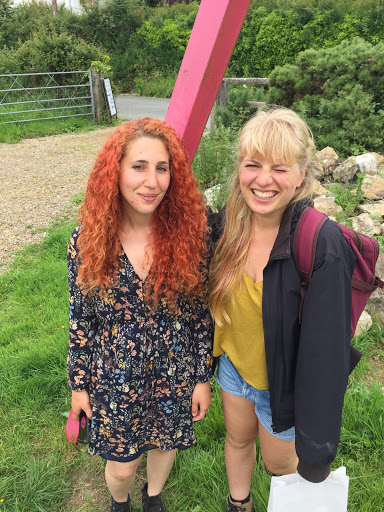
I am a 25-year-old Hungarian agronomical engineer, and I’ve been living in Brussels for the past decade. After graduating from uni, I worked at an agroecological biointensive urban farm in Havana and at the urban gardening and sustainable food system department of an NGO fighting for social justice in Montreal. Since I am planning to start my own agroecological farm pretty soon, I thought it would be a great opportunity to have a first glimpse of living on a farm 24/7 for 6 weeks and learn as much as possible from Gerald, not only regarding the farm tasks, but also about campaigning. I am strongly committed to the defence, respect and survival of small-scale organic farmers and would love to help to spread permacultural and agroecological know-how among a wider public, from children to busy city people and beyond!
So! Gerald and one of his CSA (Community Supported Agriculture) members, Rupert, founded a new project, called the ‘Torth y Tir’ or ‘Loaf of the Land’, a bakery cooperative promoting artisanal baking. Gerald grows an old variety of wheat, from which Rupert makes delicious sourdough bread (and pizza)!
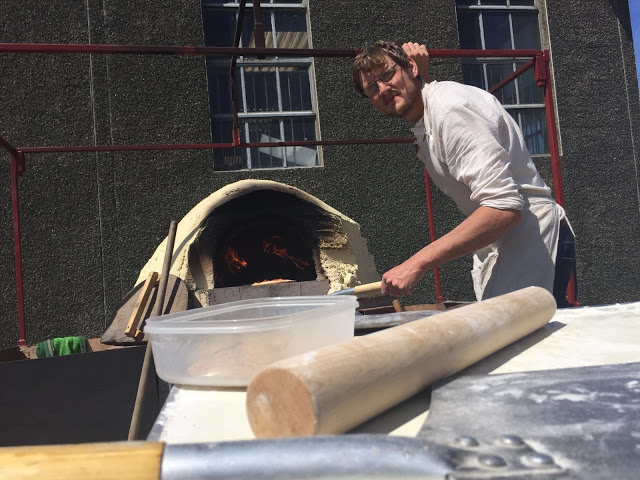
They also organise workshops for kids, where they show them the whole process of how to make bread from the beginning until the end! The kids learn in an interactive way, while getting their hands dirty (literally): in the fields and (after a thorough wash) by kneading the dough. The zenith of the day is of course at lunch time, when the sun is at its highest point and when they can make and bake their own mouth-watering pizza, and eat it right away! And the best is yet to come; each of them goes home with a still-hot loaf of bread that they made! YUMM!
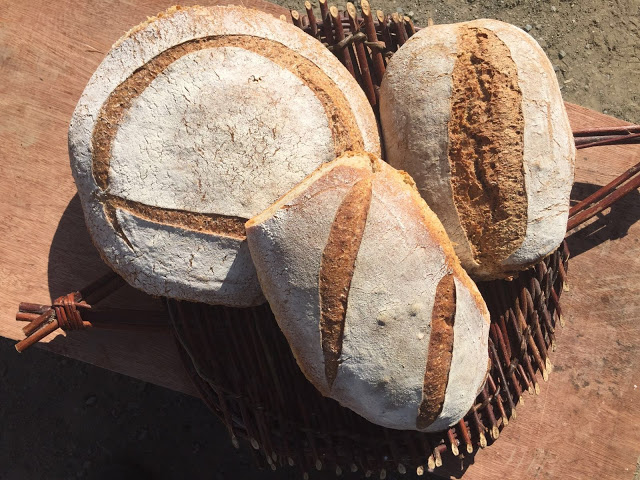
So what does cattle-selling look like? Well, it is certainly not at the level of a Rolling Stones concert, but it is still very interesting to see how it happens. The animals are kept in box-cages until their time comes, when they can show their most beautiful grin and most attractive side in the arena – pretty much like at a beauty contest – and where the potential future owners slightly bob their heads or fingers to show their interest and get into the bidding.
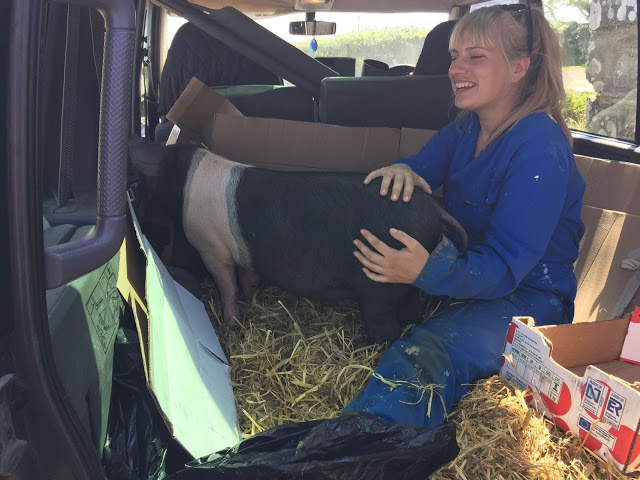
Gerald’s 15 month-old male herds sold at a good price, and so as a celebration, we bought two Hampshire saddlebacks (young female pigs). We made the back of the Land Rover comfortable for them, and I travelled behind to keep them calm and bond with them – some of the best travel companions I’ve ever had (besides the pooing and pissing…)! Elena fixed their new home, and while the two piglets, named after us, got established in their new home, we prepared to go to the Blue Lagoon Festival.
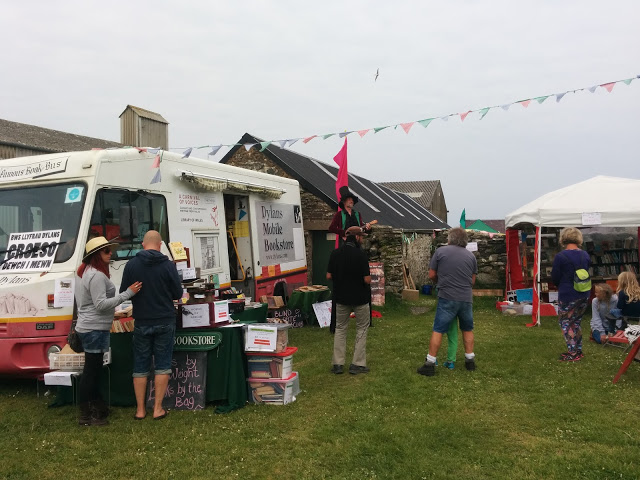
At the festival, we had a yurt where we gave talks on both Saturday and Sunday about GMO myths and truths, TTIP, food additives, living soil and compost, community villages, glyphosate, etc. Everything was in place to have a wonderful time: gorgeous weather, a charming atmosphere, lovely activities, and great food – so we had a jolly good one!
After the last blog I received a few questions and I am going to answer as we go along!
What is a CSA?
Community Supported Agriculture (or CSA) is a partnership between a community group and a farmer. The aim is to produce local, seasonal produce, supporting local farmers directly and involving people in the life of the farm.
It is cultural and educational as well as productive. There are currently around eighty CSAs trading in the UK and more in development. The concept is growing fast. New research has shown that CSAs have significant social, economic, environmental and health benefits. You can find out more about the CSA model here.
Cattle are bad for the environment, no?!
Well that is not entirely true. It is true that to produce 1kg of beef you need more than 15,000 L of water (4 times more than it is needed to give 1kg of chicken and 53 times more to make the same amount of potatoes) and 1 kg of beef produces 7 times more methane (a greenhouse gas) than the same amount of chicken. BUT! There is a huge difference between intensively and extensively-reared cattle.
‘-euuuh. What did you say???‘
The industrial and intensive farming is the dominant food and farming system we have in Europe (and especially in the USA and Canada) today. Industrial agricultural production is based on a factory model, and relies on monoculture, large-scale and energy-intensive operations, and and high inputs of agricultural technologies such as pesticides, fertilisers, antibiotics, growth hormones, and genetically engineered seeds. Industrial agriculture is chemically-intensive and biologically-simplified.
In contrast, traditional agriculture or extensive farming, done well, uses knowledge about biological and ecological relationships and processes to farm in nature’s image.
And while the first one is highly damaging to the environment, well-managed extensive farming can even help to regenerate it. Extensive cattle-rearing provides several environmental benefits like reduction in soil erosion, improved water quality, reduced emissions of greenhouse gas emissions (e.g. CO2 and N2O), and increased carbon sequestration, it is also advantageous for ground-dwelling birds and improves herd health by reducing the incidence of disease, and minimizes the need for therapeutic antibiotics, therefore improves the stressful life of a farmer!
So it is true that we should cut back on our dairy and meat consumption in order to lower our personal carbon footprint and to generally reduce our personal negative impact on the environment. But we should as well always keep in mind where that meat or dairy comes from and how it has been produced!
